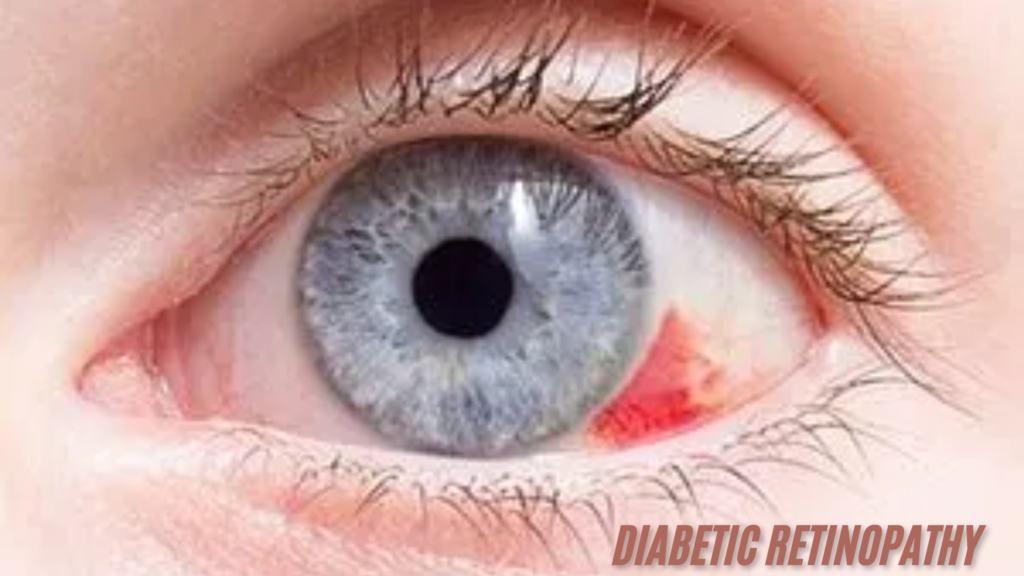👁️ Diabetic Retinopathy – Overview
Diabetic retinopathy is a diabetes-related eye disease where high blood sugar levels damage the blood vessels in the retina, the light-sensitive tissue at the back of the eye. It’s a leading cause of vision loss and blindness in adults.
⚙️ Stages of Diabetic Retinopathy
| Stage | Description |
|---|---|
| Non-Proliferative Diabetic Retinopathy (NPDR) | Early stage; damaged blood vessels leak fluid or bleed causing swelling and vision problems |
| Proliferative Diabetic Retinopathy (PDR) | Advanced stage; new abnormal blood vessels grow (neovascularization) which can bleed, scar, and cause retinal detachment |
📋 Symptoms
- Often no symptoms in early stages
- Blurred or fluctuating vision
- Dark spots or floaters in vision
- Impaired color vision
- Vision loss in advanced stages
🩺 Diagnosis
- Dilated eye exam: Ophthalmologist examines retina for blood vessel changes
- Fundus photography: To document retinal condition
- Fluorescein angiography: Dye injected to highlight leaking vessels
- Optical coherence tomography (OCT): Measures retinal swelling and thickness
💊 Treatment
- Control blood sugar, blood pressure, and cholesterol to slow progression
- Laser photocoagulation therapy: Seals leaking vessels and prevents abnormal vessel growth
- Anti-VEGF injections: Reduce swelling and new blood vessel formation
- Vitrectomy surgery: Removes blood or scar tissue if severe bleeding or retinal detachment occurs
⚠️ Complications
- Vision loss or blindness if untreated
- Macular edema (swelling of central retina) causing blurry vision
🛡️ Prevention
- Strict blood sugar control
- Regular comprehensive eye exams (at least annually)
- Manage blood pressure and cholesterol
- Quit smoking
